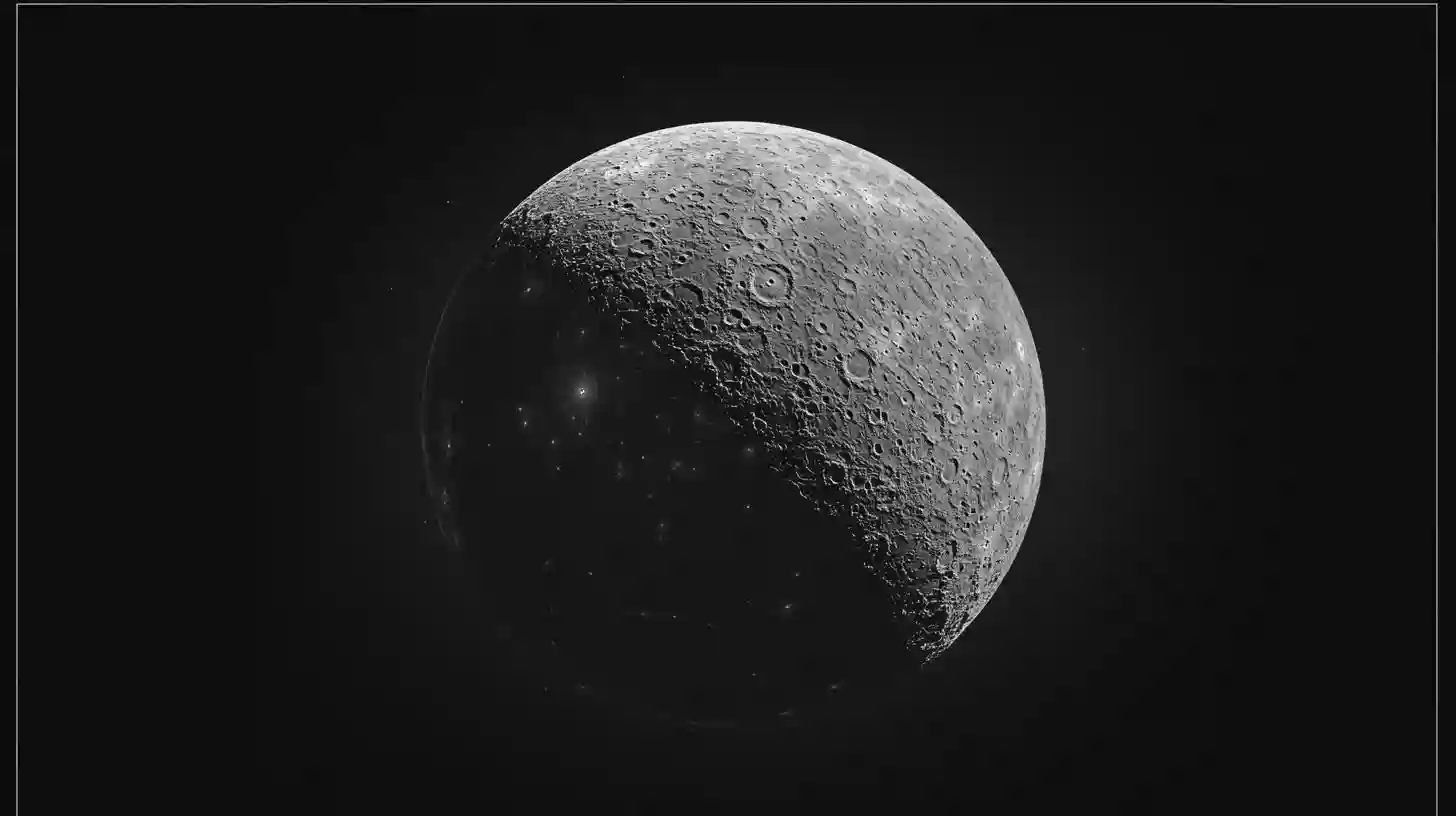
Recent scientific endeavors have unveiled groundbreaking insights into the enigmatic origins of Earth's Moon, challenging long-held beliefs and redefining our understanding of cosmic events. For centuries, scholars have speculated about how such a massive satellite came to be, with various hypotheses postulating different scenarios that could explain its formation. The prevailing theory for many years has revolved around the giant impact hypothesis, which suggests that a Mars-sized body collided with the young Earth. This violent encounter allegedly resulted in debris being ejected into orbit, ultimately coalescing to form the Moon we recognize today. While this idea has garnered significant support, new research is raising questions that warrant a closer examination of this long-standing narrative.
A team of researchers recently conducted a series of advanced analyses using improved computer simulations, which allowed scientists to dissect the details of the giant impact hypothesis in unprecedented depth. Their findings suggest that the conditions prevailing at the moment of impact, particularly the temperature and the composition of the debris, could produce significant differences in the material making up both Earth and the Moon. Notably, isotopic studies revealed striking similarities between the Earth and Moon's elemental compositions, hinting at a shared origin. Delving deeper, the researchers uncovered that many other factors could influence global dynamics at the time of the collision. These nuances have opened up a dialogue among scientists, encouraging them to re-evaluate the implications of existing theories while proposing new avenues for investigation.
The interplay of gravity, heat, and momentum in early solar system dynamics appears to have played a pivotal role in the eventual formation of the Moon. By incorporating long-overlooked variables, such as the spin of both Earth and the impactor, researchers uncovered potential scenarios that could explain the isotopic alignments. This emphasizes an increasingly complex web of relationships that influenced the early solar system, intertwining the fate of Earth and its Moon in more profound ways than previously imagined.
One of the most riveting aspects of this new research focuses on the idea of multiple impacts rather than a single catastrophic collision. In essence, the results of the simulations point to the possibility that several smaller bodies could have collided with the early Earth over time, contributing to the growth of the Moon gradually. This alternative narrative shifts the emphasis from one significant event to a series of substantial interactions that shaped not only the Moon's formation but also the evolution of early Earth itself. Such a perspective aligns with recent discoveries made by orbital missions and lunar exploration, which continue to yield compelling evidence regarding the Moon's geological history and composition.
The role of volcanic activity on the Moon presents another fascinating area linked to its origin story. Studies indicate that volcanic eruptions have influenced the Moon's surface geochemistry, generating materials that may reflect these early catastrophic events. This volcanic legacy may provide further clues about the Moon's evolution and its relationship with Earth, demonstrating how geological processes can interrelate with cosmic phenomena. Such connections serve to highlight the ongoing collaboration between observational astronomy, planetary science, and geochemical research in forming a more comprehensive picture of the lunar landscape.
Moreover, this evolving narrative is not solely academic; it has real-world implications for future explorations. With humanity poised to establish a sustained presence on the Moon, understanding its origins can impact mission planning and resource utilization. The pursuit of lunar ice, potential minerals, and other valuable materials motivates a more profound inquiry into the Moon's composition and history. Better grasping its origin story may uncover new opportunities and challenges that could be pivotal for sustained human exploration in the coming decades.
As new evidence continues to emerge and old hypotheses are put to the test, scientists are increasingly urged to adopt a multidisciplinary approach to unraveling the tale of the Moon's formation. This includes further interdisciplinary collaboration, fostering a meaningful dialogue among astronomers, geologists, and astrophysicists, all united under the banner of discovery. The evolution of our understanding of the Moon's origins is a dynamic process, one that continues to shape both scientific discourse and our expectations of future space endeavors as we look to the stars with curiosity and wonder.